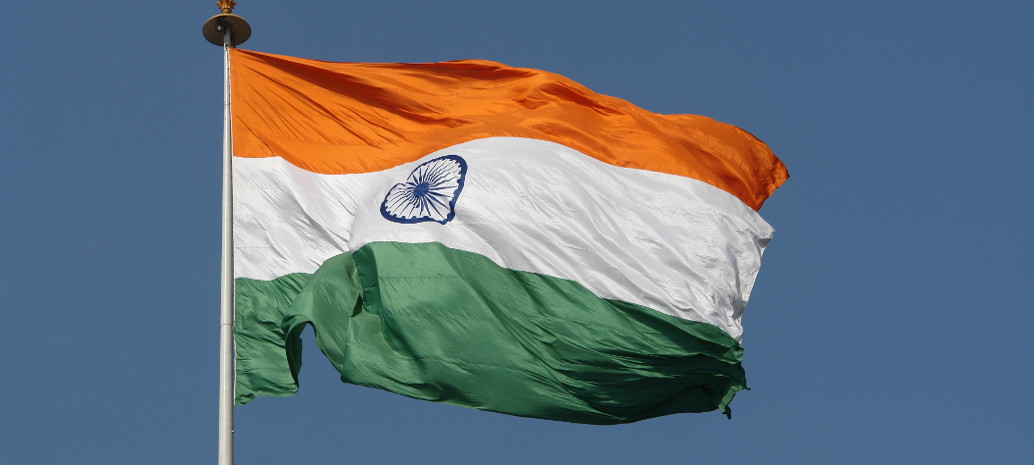Combined PV shipments totalled just $224 million from April to October 2015, when the nation’s solar exports hit $72 million.
In the month of October alone, inbound shipments edged up 10% year on year, while exports plunged 84%, the Austin-based research firm said.
Chinese PV shipments have accounted for the lion’s share of India’s imports throughout the first seven months of the fiscal year, at US$1,023 million, or 87% of the market.
Malaysia came in second, with total shipments of PV cells and modules from the Southeast Asian country accounting for 7% of Indian imports, at US$82.03 million.
India’s exports of PV cells and modules reached $US56 million during the first seven months of the current fiscal year, while imports were valued at US$1.17 billion.
Those figures contrast sharply with Mercom statistics from the April-July period, which showed that India’s solar exports had soared 116% year on year, largely on the back of strong U.K. demand.
According to Mercom data, the U.K. remained the biggest buyer of Indian solar panels throughout the broader April-October 2016 period, accounting for 34% of the South Asian country’s PV exports.
Italy came second at 9%, while Belgium and China each accounted for roughly 8% of India’s outbound PV shipments.
The country’s exports appear to have taken a big hit in the wake of a World Trade Organization (WTO) ruling against Indian domestic content requirements in September.
The WTO rejected an appeal by the South Asian nation against US complaints over the matter, which Washington claimed was discriminatory.
The US government had long argued against provisions in India’s National Solar Mission (NSM) requiring developers to ensure that locally produced solar panels accounted for 10% of all modules used in domestic projects.
Mercom said that India’s outbound PV shipments are now on a “gradual decline,” despite ongoing efforts to ramp up cell and module production.
Nonetheless, the country’s solar market will likely grow by 90% in 2017, according to recent research by Bridge to India.
It estimates the country’s current utility-scale pipeline at roughly 14 GW, with about 7.7 GW to be commissioned over the next 11 months, in addition to about 1.1 GW of rooftop capacity that is expected to come online by December.
This content is protected by copyright and may not be reused. If you want to cooperate with us and would like to reuse some of our content, please contact: editors@pv-magazine.com.



By submitting this form you agree to pv magazine using your data for the purposes of publishing your comment.
Your personal data will only be disclosed or otherwise transmitted to third parties for the purposes of spam filtering or if this is necessary for technical maintenance of the website. Any other transfer to third parties will not take place unless this is justified on the basis of applicable data protection regulations or if pv magazine is legally obliged to do so.
You may revoke this consent at any time with effect for the future, in which case your personal data will be deleted immediately. Otherwise, your data will be deleted if pv magazine has processed your request or the purpose of data storage is fulfilled.
Further information on data privacy can be found in our Data Protection Policy.